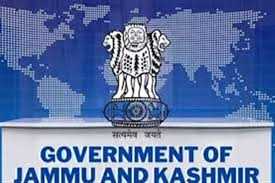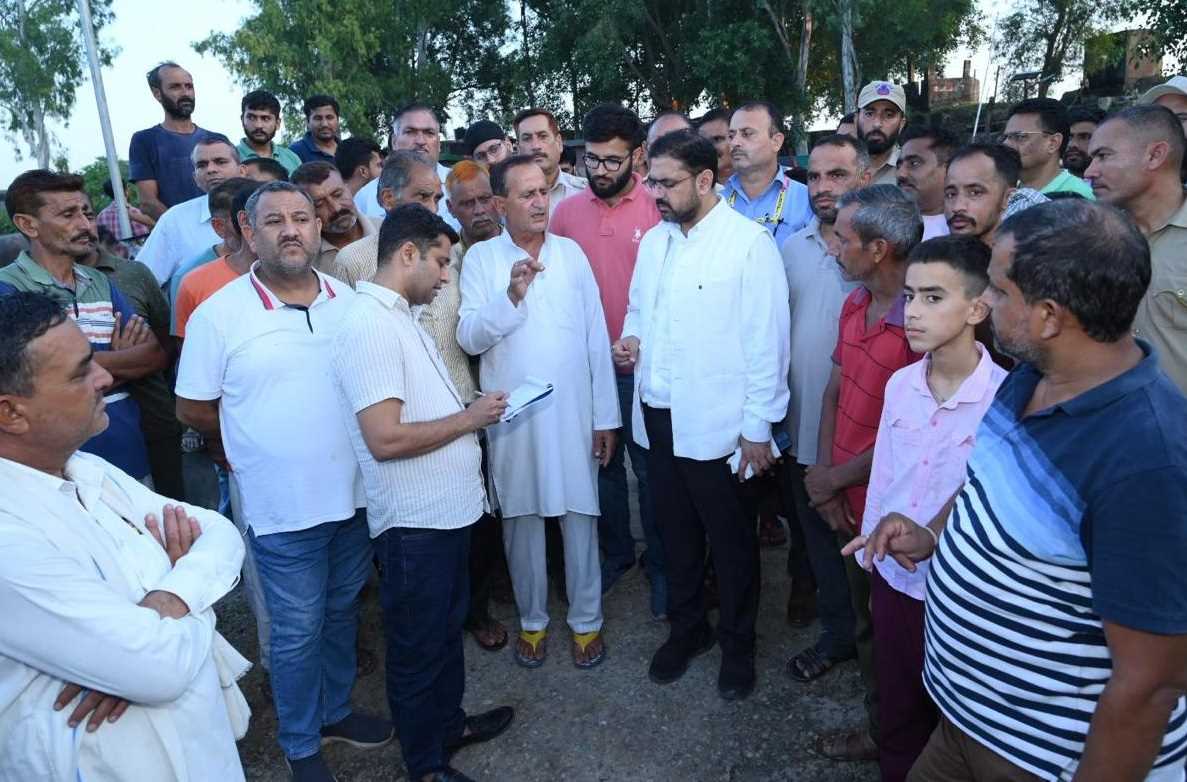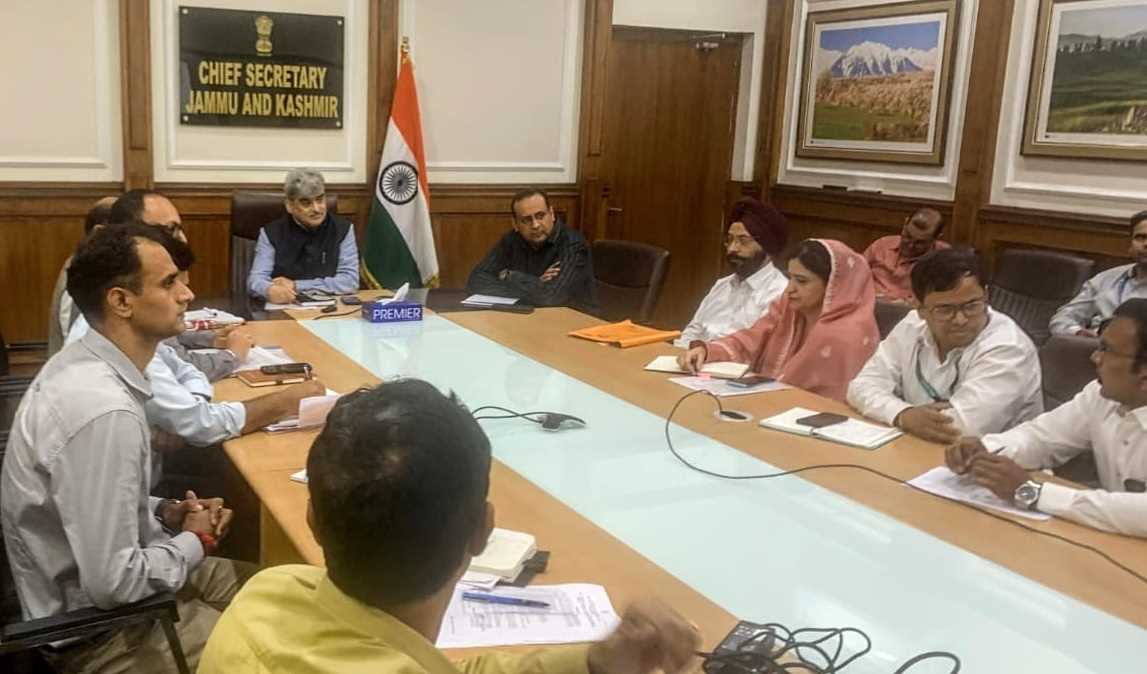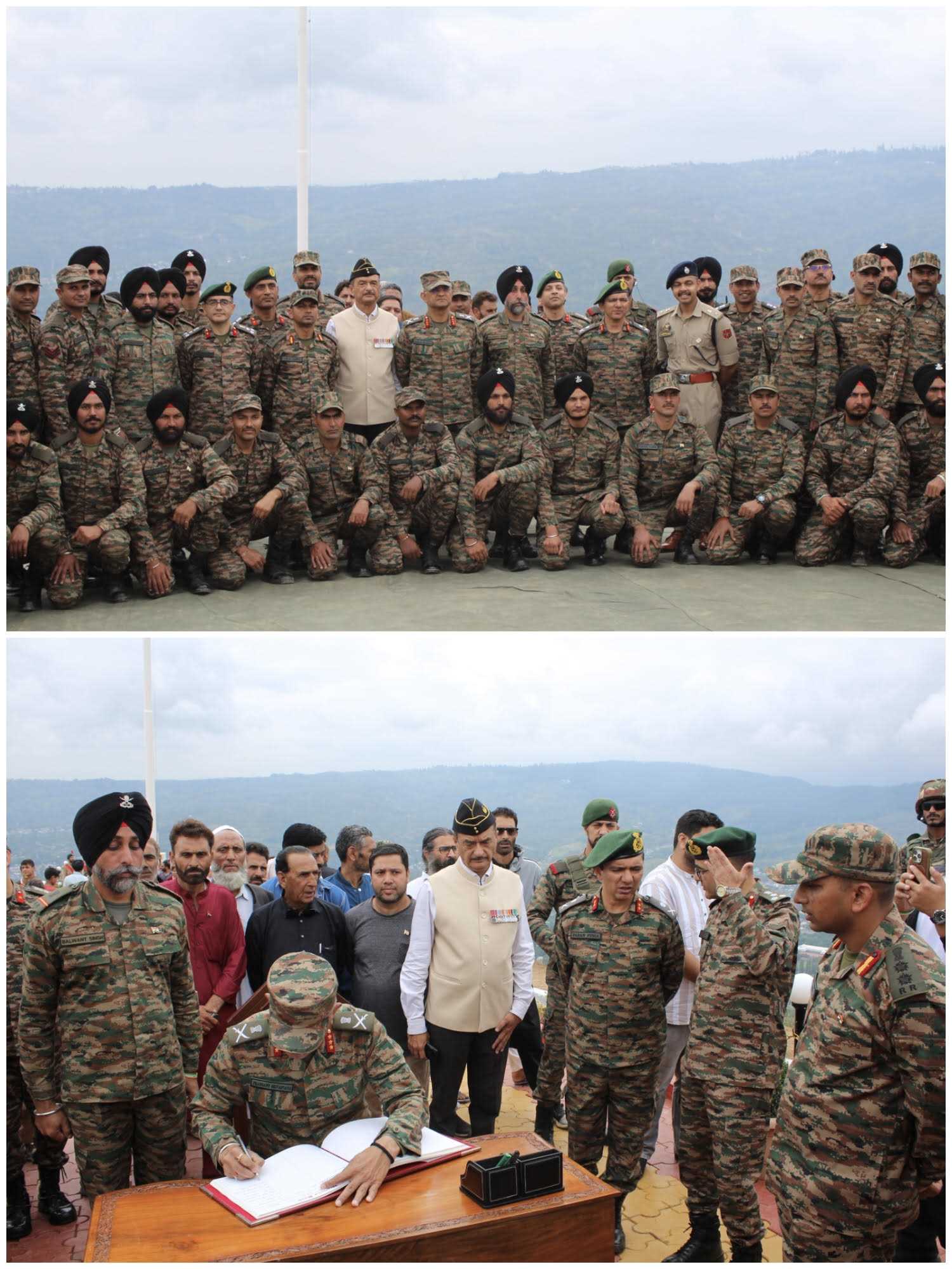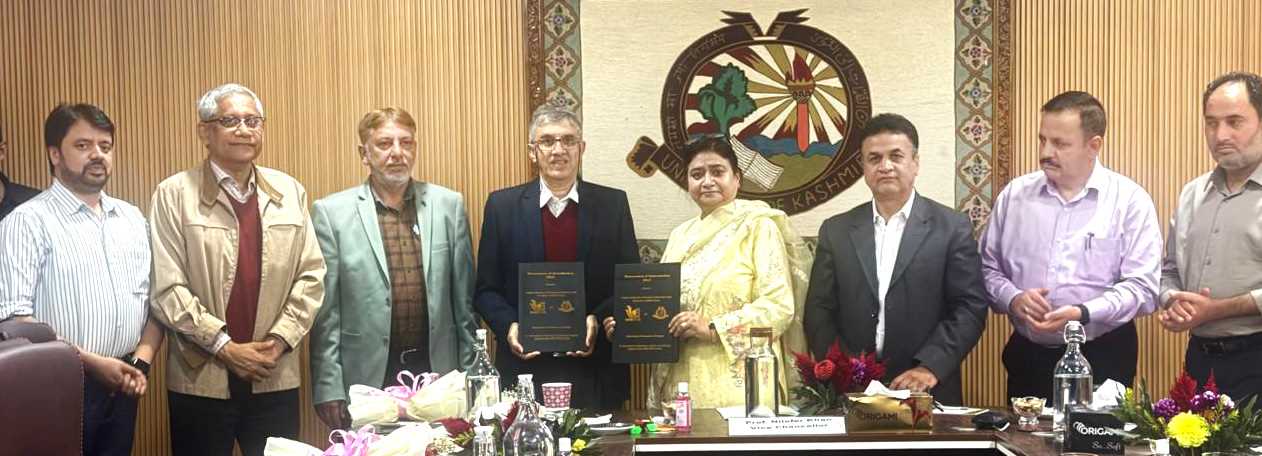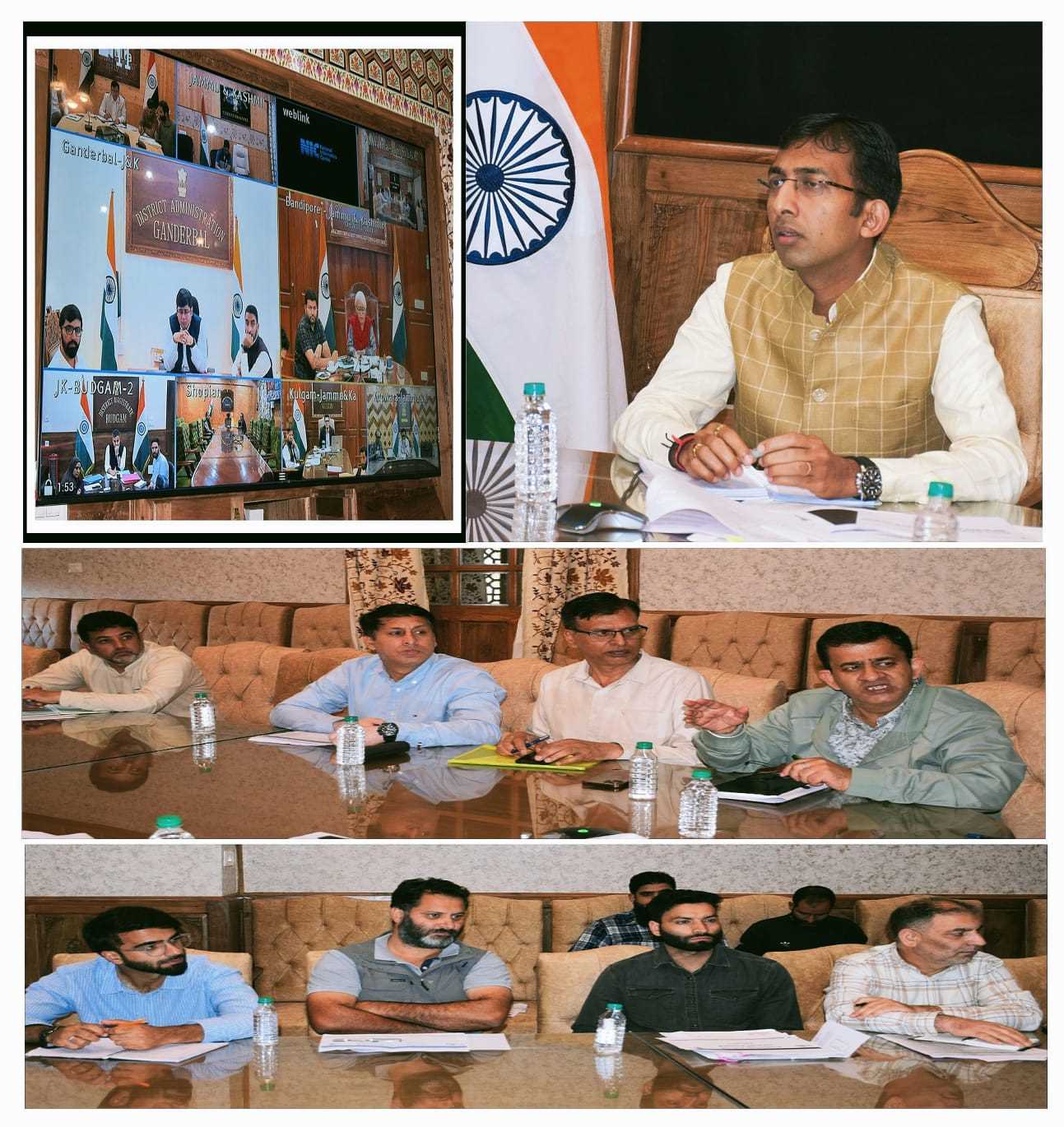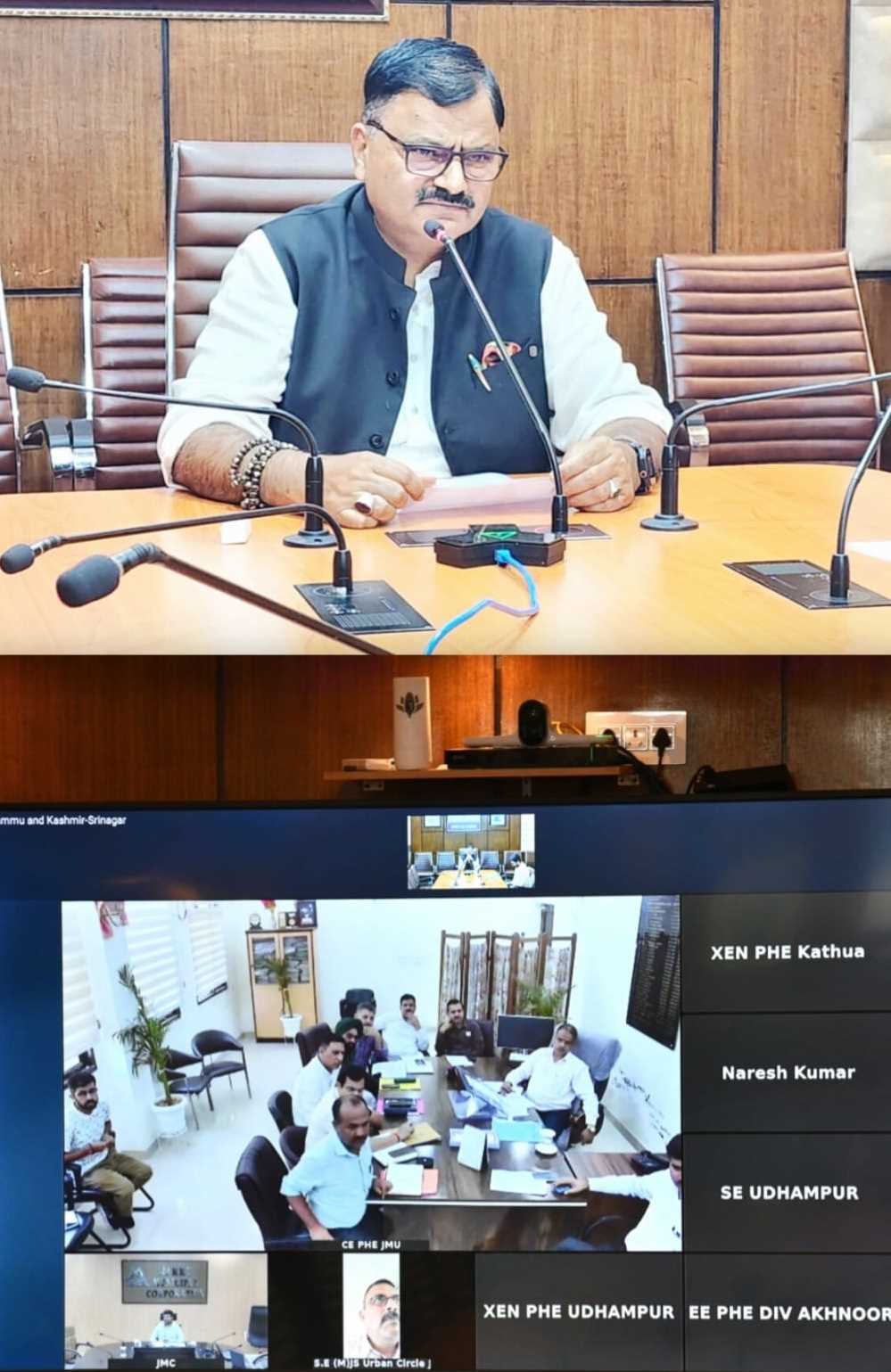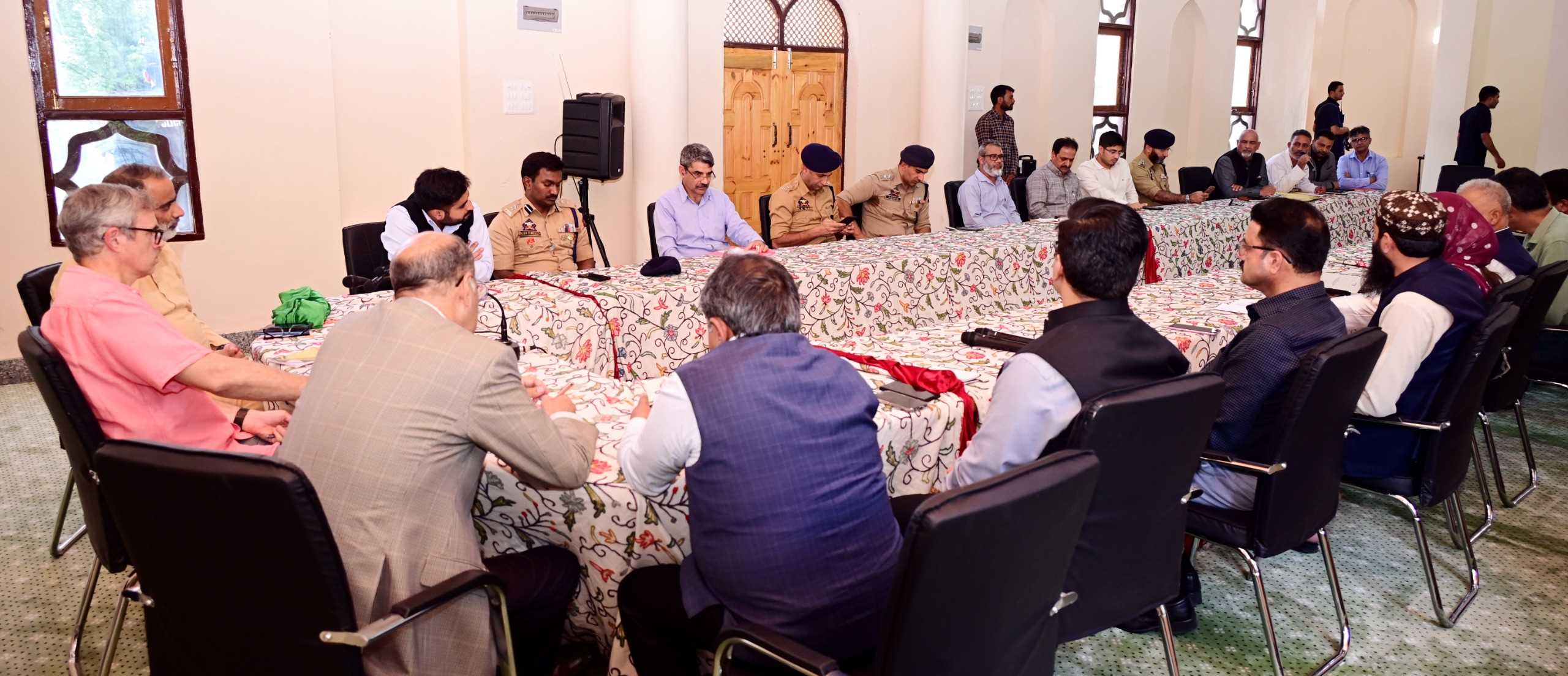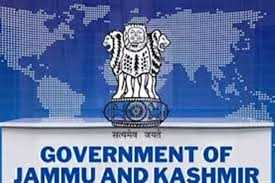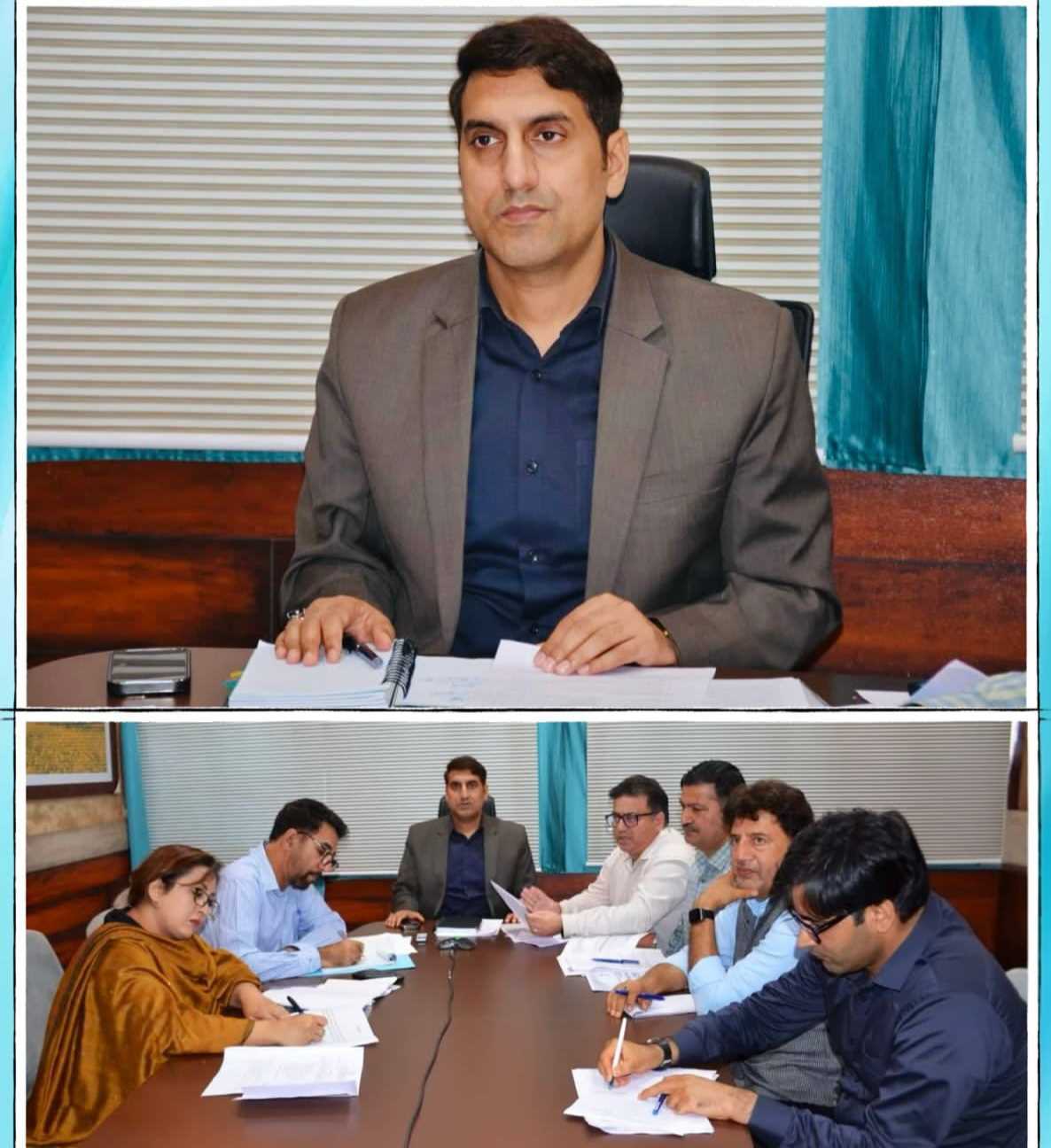The history of Kashmir has become so complex that it seems that to read and decode it is a hard nut to crack for a layman like me. One can’t understand where to begin with and where to end in. As if it is a sphinx riddle to solve. Political instability, moral degradation, human predicament and natural disasters are all indicative of a bleak and dark future for this unfortunate land if any supernatural agency doesn’t come to the rescue of the inhabitants of this desolated land that has been facing chaos and confusion since its emergence on the earth. Since Jalod Bawa-the demon that devoured the people of Kashmir only to satiate his hunger until Kashap Reshi –the saint came to the rescue of the people and desiccated the land of the water by digging a pass through the mountains of Baramulla and giving way to the water of the valley and ultimately killed the monster the valley has been facing a lot of transitions and the people of Kashmir have been facing these transition with a changed outlook and consume the hardships and atrocities showered on them like a cup of poison as it was consumed by Plato in Greece. And we have been entangled between hope and despair that is our legacy.
At the very outset of this write up I wish to refer to any great literary work that may serve the purpose of an allusion to highlight the emotional dilemma of the people of Kashmir since the times immemorial. Although there are various literary works that have a universal appeal to the people of all the ages’, I would like to quote W.B Yeats who in his famous poem The second Coming Says:
Turning and turning in the widening gyre
The falcon cannot hear the falconer;
Things fall apart; the centre cannot hold;
Mere anarchy is loosed upon the world,
The blood-dimmed tide is loosed, and everywhere
The ceremony of innocence is drowned;
The best lack all conviction, while the worst
Are full of passionate intensity.
"The Second Coming" is one of W.B. Yeasts’ most famous poems. Written in 1919 soon after the end of World War-I, it describes a deeply mysterious and powerful alternative to the Christian idea of the Second Coming—Jesus's prophesied return to the Earth as a savior announcing the Kingdom of Heaven. The poem's first stanza describes a world of chaos, confusion, and pain. The second, longer stanza imagines the speaker receiving a vision of the future, but this vision replaces Jesus's heroic return with what seems to be the arrival of a grotesque beast. With its distinct imagery and vivid description of society's collapse, "The Second Coming" is also one of Yeasts’ most quoted poems.
Although the history of Kashmir is full of pathos, remorse and sufferings, there has been a ray of hope that would shine from within the dark clouds wandering over the sky of this desolated land. History has recorded Kashmir’s discourse in a very dramatic way. The only authentic source of Kashmir’s ancient history is Kalhan’s Rajtarangi which lists all the rulers in a chronological way as the name suggests; River of kings has very judiciously recorded the history of Kashmir. Starting from Kashap Rishi to the Gonada-I, Damodara –II, Yashovati, Gonada –II and 35 kings up to 1752 A.D.According to historical evidence, Mihirakula's predecessor was Toramana. Kalhana mentions a king called Toramana, but places him much later, in Book 3.
According to Kalhana, Mihirakula’s was a cruel ruler who ordered killings of a large number of people, including children, women and elders. He invaded the Sinhala Kingdom, and replaced their king with a cruel man. As he passed through Chola, Karnata and other kingdoms on his way back to Kashmir, the rulers of these kingdoms fled their capitals and returned only after he had gone away. On his return to Kashmir, he ordered killings of 100 elephants, who had been startled by the cries of a fallen elephant. Once, Mihirakula’s dreamt that a particular stone could be moved only by a chaste woman. He put this to test: the women who were unable to move the stone were killed, along with their husbands, sons and brothers. He was supported by some immoral Brahmins. In his old age, the king committed self-immolation. Kashmir was under Hindu rule for many centuries, beginning with ancient Hindu and Buddhist traditions and continuing through the 7th to 14th centuries with dynasties like the Karkota, Utpala, and Lohara. This period was known for significant contributions to Sanskrit literature, philosophy, and the flourishing of the Kashmir Shaivism school of thought. Hindu rule ended in 1320 with the establishment of the Kashmir Sultanate.
The Early Period and Hindu Rule
Kashmir was a sacred region for Hinduism, renowned for its contributions to Sanskrit learning and various Hindu traditions, including Vedic, Buddhist, and the unique Kashmir Shaivism. From the 7th to the 14th centuries, a succession of Hindu dynasties ruled the region, including the Karkota, Utpala, and Lohara dynasties. King Lalitaditya of the Karkota dynasty (724-760 CE) marked a golden age, characterized by cultural and intellectual growth, along with flourishing temples and centers of learning. During this time, Kashmir became a stronghold for the development of Kashmir Shaivism, a monistic form of Shaivism, with prominent scholars like Vasugupta and Abhinavagupta making significant contributions.
Muslim Rule
In 1320, Rinchan Shah became the first Muslim ruler, ushering in the Kashmir Sultanate and marking the end of Hindu rule in the region.The region later came under the influence of various Muslim rulers, including the Mughals (1586-1751) and the Afghan Durrani Empire (until 1820). Out of all the Muslim rulers, Zainul Abideen’s rule is known as the most peaceful and prosperous period that is why has been attributed with the title “Akbar Of Medieval Kashmir” Although, there was a tough time for Hindus during the rule of Sultan Skinder who is known as Idol Breaker or Bhut Shikan.Muslim rule was followed by Afghan Rule and subsequently by Sikh rule as the people of Jammu and Kashmir were not comfortable with Afghan rule. Historians have recorded Afghan rule as the darkest period in the whole history for the atrocities and harsh treatment meted out to the people of Jammu and Kashmir. And Kashmir was annexed from Sikhs by Britshers under the treaty of Amritsar 1846.
Dogra rule ended with the beginning of British rule in India that divided India and Pakistan into two separate dominions and accession of Kashmir with India and annexation of POK by Pakistan. Then came the Sheikh Dynasty to rule Jammu and Kashmir including Ladakh. But, the discourse changed for worse when India started skipping the instrument of accession and the UNO charter under which Jammu and Kashmir was promised a plebiscite after 5 years ie, 1952. When sheikh Mohamed Abdulla sense a hoax in India policy towards Kashmir he showed his resentment which resulted in his arrest and subsequent imprisonment for almost two decades. Meanwhile , Bakhshi Ghulam Mohamad soezed the throne and ruled Kashmir till the release of Sheikh Mohd Abdulla in 1975 . This was the time when Kashmir’s modern history got a significant turn declaration of Plebiscite a fruitless effort and was declared null and void. Kashmir remained peaceful during the rule of Bakshi Ghulam Mohamad and subsequent rulers but the damage they did to Kashmir’s history was that they reduced the status of Jammu and Kashmir state step by step and until the whole Indian constitution was inserted in Kashmir. Late 1980s ushered a new era of insurgency and eruption of public resentment against Indian state due to the rigging of 1987 elections. Kashmir became the land of bloodshed, murders and harsh conditions faced by the people on part of both the Militants and armed forces. And this turmoil lasted for almost 3 decades and resulted in a huge loss of life and property. The normalcy seemed to appear again in 2000 after the PDP resumed its charge as the caretaker of the state under the leadership of Mufti Mohammad Syed. In 2007, PDP emerged again as winning party, but in 2014 it lost grip over the people and got least seats to make a collation govt. with BJP that could not lost long as BJP withdrew her support to Mehbooba Mufti Led govt and governor rule was imposed on Jammu and Kashmir. On 5 august 2019, Govt of India abrogated Art. 370 and 35-A and reorganized Jammu and Kashmir state as UT and Ladakh as a separate UT. Jammu and Kashmir remained under the rule of LG for almost 5 years and in 2024, elections were held again and NC again emerged as a winning party with absolute majority and formed the govt. although NC presented her election manifesto before the people of Jammu and Kashmir that comprised of various promises like restoration of statehood with the special status that could not happen at all. Besides, the party promised with various civic amenities and job creation etc, but at present seems totally helpless and just like a puppet govt in the hands LG.
Coming back to Yeats’ second coming, let me say that the people of Kashmir have been with a hope that the better times will come and they will feel comfortable. Yeats says that the mere anarchy is loosed upn the world and I confirm that same is the case with Kashmir. Very recently, it was seen that the people of Jammu demands a separate state/UT and Kashmiri pandit community demanding a spate dominion for them. It means that the further bifurcation may take place reducing Kashmir region to a minute administrative unit. And the matter of concern being that Akshmiri Mulsmims are toi faces more hardships and difficulties in future, God Forbid. But, I must say that a natural agency is always at work. The world history reveals that whenever there has been suppression with a particular community, nation or state with only intention to destroy its culture and ethnicity, there has been a natural agency to safeguard that very particular nation. So , Yeats’ second coming is sure to take place. But the time is not defined when it will come. Although, there is no doubt that world will see a fresh order after the Mehdi and Messiah come to this world hence ending all the disorder ,chaos and confusion . The only question for the whole nation whether they can resist the temptetation towards Dajal of the times and would be capable to hold fast to their faith and belief. As it is evident from the history that the people of Kashmir have proved themselves as the most inconsistent people on the earth. Although sensitive to any transition or reformation , but the same time inconsistency and lack of steadfastness area the major faults with the nation that have ruined her past, present and future. I would like to invoke hope and optimism among the readers and the people in general by quoting P.B Shelly who in his famous poem “Ode To West Wind” says : if winter comes , can spring be far behind.
Email: --------------ishaq7007@gmail.com


